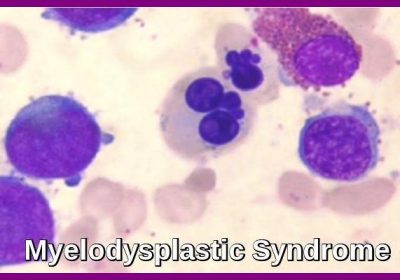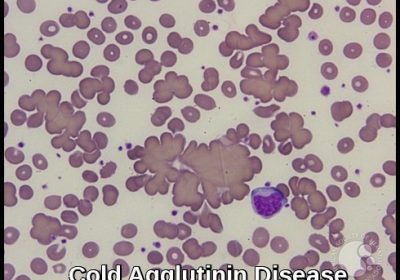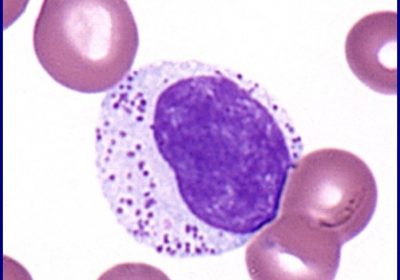Multiple Myeloma

First described in 1848, multiple myeloma (MM), also known as plasma cell myeloma, is characterized by a proliferation of malignant plasma cells and a subsequent overproduction of monoclonal paraprotein (M protein). There are several types of plasma cell neoplasms. These diseases are all associated with a monoclonal (or myeloma) protein (M protein). They include monoclonal gammopathy of undetermined significance (MGUS), […]
Read more








